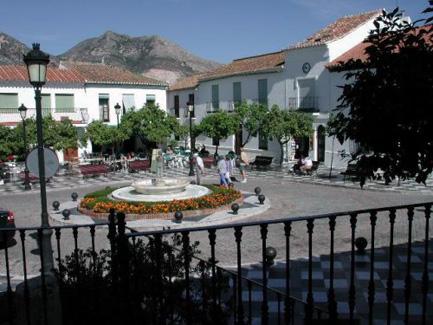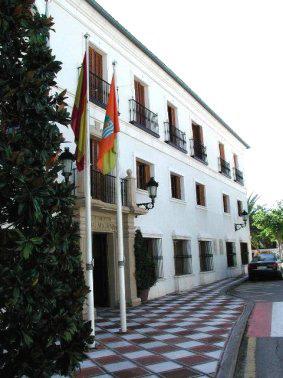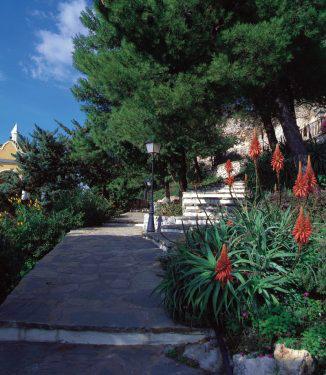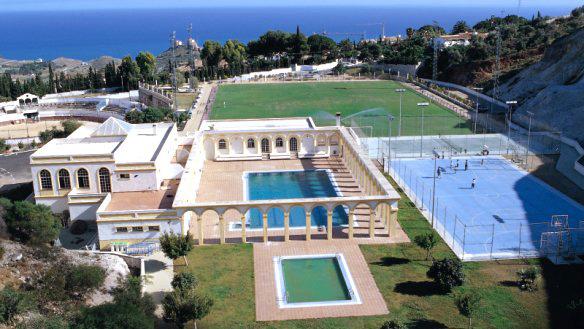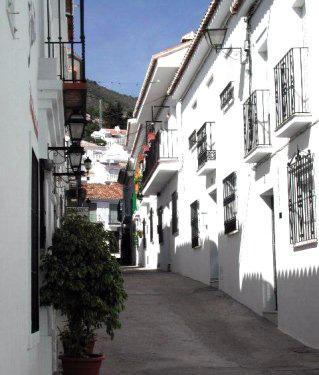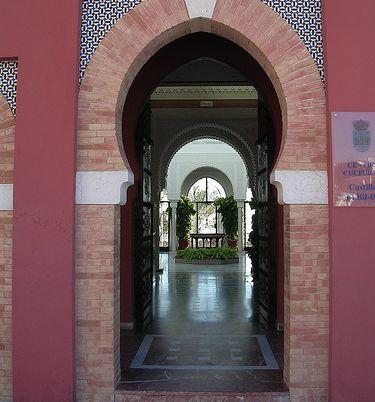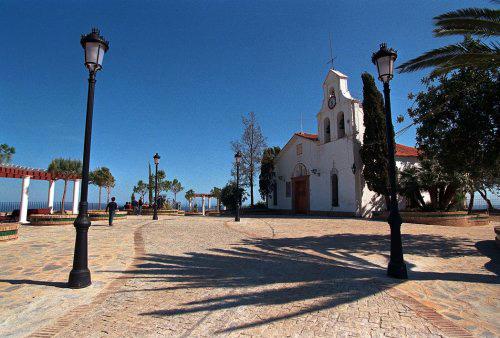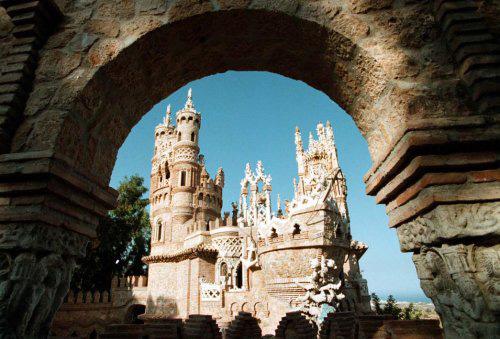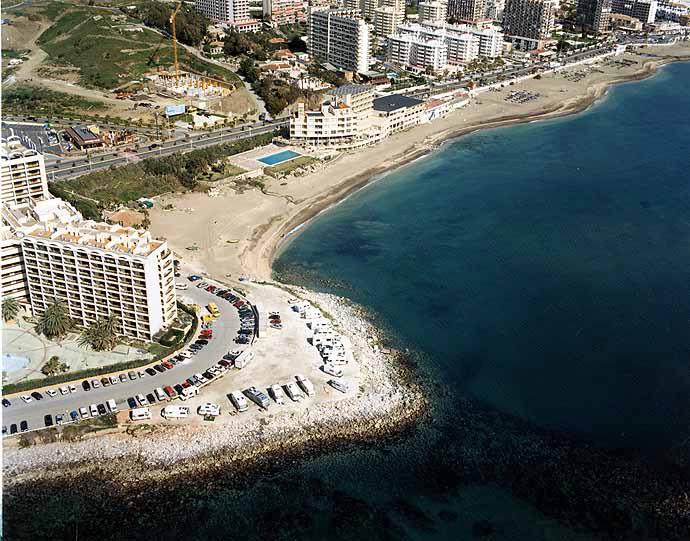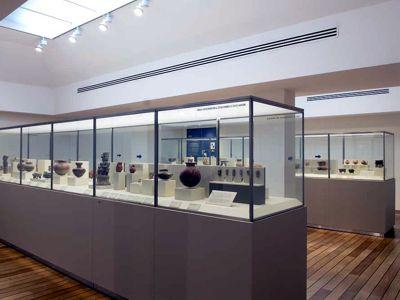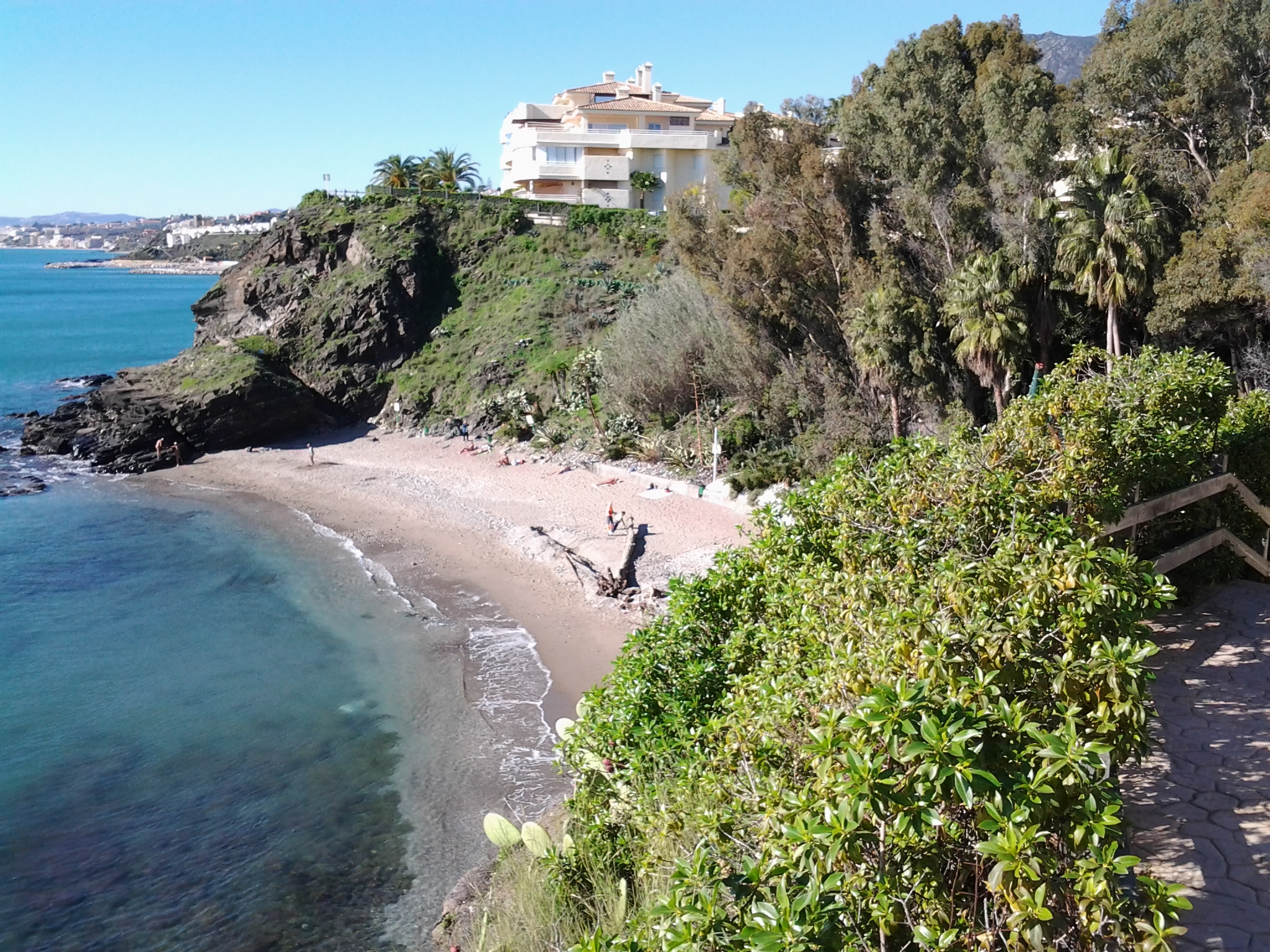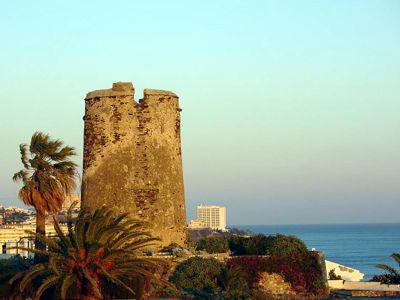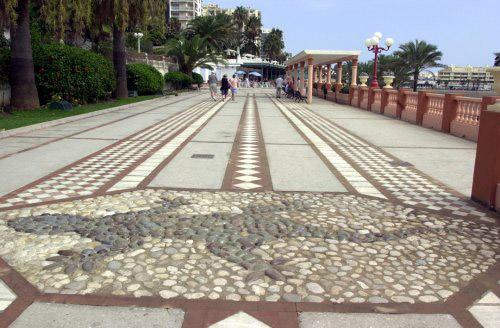Benalmádena
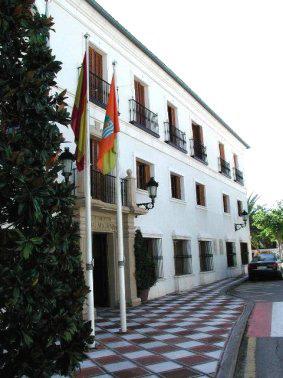
The village's municipal area stretches from the foothills of the Sierra de Mijas to the sea, where it occupies a short coastal strip.
Completely devoted to tourism, Benalmadena is one of the most important resorts on the western Costa del Sol, offering a variety of options: firstly, the village itself, located in the upper part of the municipality, featuring traditional architecture which reflects its origins and affording beautiful panoramic views; further down stands a district of great importance, Arroyo de la Miel, where most of the population live, with its wealth of tourist facilities, including an international pleasure park; and, finally, Benalmadena Costa, where most of the facilities for sun and sand tourism are concentrated: hotels, a casino, golf courses, a pleasure harbour etc.
Worthy of note for its originality is Bil-Bil Castle, on the sea front, a curious structure built in Neoarabic style in 1934, now used for cultural purposes by the local council.
History
The Arabs gave the village its name, which appears to be derived from Banu Al Madena, meaning "sons of the mines", a reference to the important mineral deposits which had been heavily exploited since Roman times; a number of archaeological remains pertaining to this period have been unearthed here, notably a mosaic which can be found in the Alcazaba Museum in Malaga.
Prior to the Moslem occupation, Benalmadena had been colonised by Phoenician merchants.
During Arabic times, the castle was an important defensive structure. After the surrender of Marbella, the Catholic Monarchs turned their attention to Benalmadena, believing that the remaining villages on the way to the city of Malaga would present few difficulties. This was not the case, however, as its inhabitants, protected by their fortress, offered stiff resistance, and King Ferdinand was forced to direct operations himself.
Following its capture in 1485, the castle was totally destroyed and its inhabitants dispersed.
In 1491, the Catholic Monarchs granted a citizen of Malaga, Alonso Palmero, a letter of privilege allowing him to repopulate the area and rebuild the village and its castle under the supervision of the chief magistrate of the aforementioned city.
Benalmadena became a key location in the defence of the coast against the attacks of North African pirates. Remains of three towers can still be found on the coast: El Muelle, Quebrada and Bermeja.
Despite the presence of Roman remains and a mosque in Arroyo de la Miel, a district of Benalmadena, the suburb as we know it today appeared at the end of the 18th century as a result of the hydraulic installations and paper and playing card-producing facilities created by the Galvez de Macharaviaya family, and the presence of a sugar and honey cane factory, the sweet residual waters of which gave the area its name (Arroyo de la Miel translates as the Stream of Honey).
Eminent citizens
Ibn Al Beithar who was born in the late 12th century and died in Damascus in 1248. An illustrious apothecary, botanist and essayist, he spent forty years travelling across Europe, Africa and Asia. He also became Saladin's doctor and director general of the Malek Kamil Gardens in Damascus.

- Max 26
- Min 24
- Max 78
- Min 75
- °C
- °F
What territory do you want to visit?
Events



